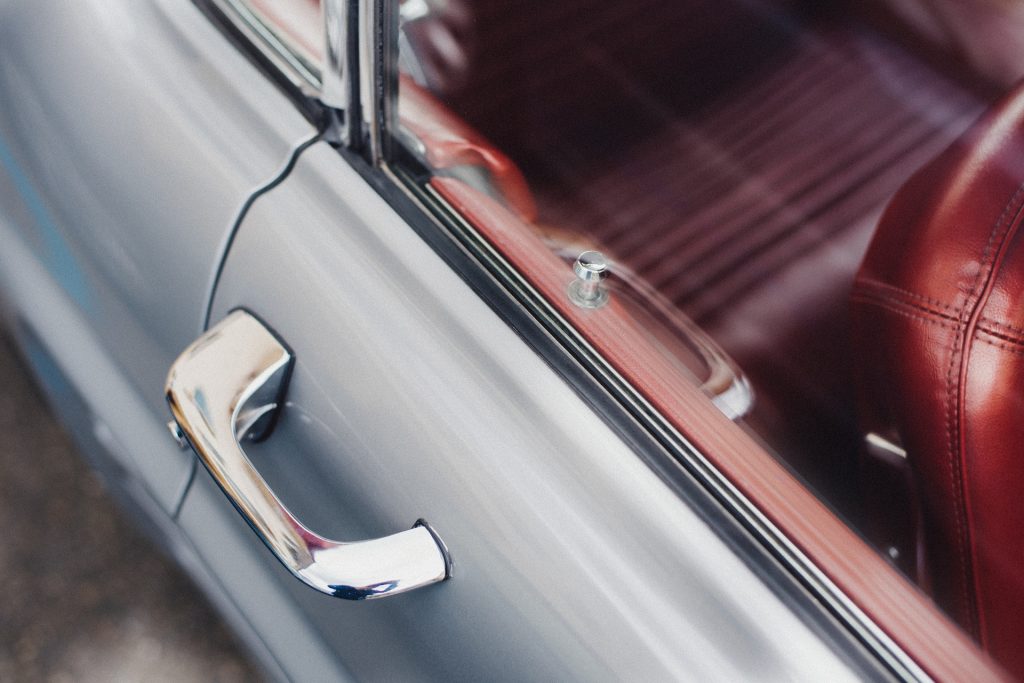
What is conditioning?
Ever heard of Pavlov’s dogs before? It’s the experiment which lead to the idea of classical conditioning. If you pair two events together, eventually the brain starts to link them. We can use this to our advantage by conditioning ourselves using common events and pairing them with positive thoughts to create empowering habits.
So let’s get into this a little deeper – in order to build habits we need to participate in an action multiple times over an extended period of time. The more repetitions the more well worn the path becomes and the more naturally we complete the action without thinking. While we can set checklists and timers to build these types of habits we can also pair them with common events to ramp up the frequency.
How can self-conditioning help us?
Let me give you an example: Every time I get into my car I think of one positive attribute about myself. Maybe it’s a pat on the back for having written a book. Maybe it’s that I feel fairly good about my poetry skills. It doesn’t matter, I just find one little boost about myself, think about it, and feel good. I try not to repeat anything.
At first, it was hard to remember, so I put a sticky note in my window that would remind me. Then, every time I got in the car I saw the note and did the exercise. For the first few days, I didn’t notice a huge difference, but I repeated this exercise over a period of several months. Eventually, I started feeling a mood boost whenever I got in a car, even if I forgot to do the exercise. It might seem silly, but it’s effective for keeping my day on a positive route.
Pair common events with positive thoughts.
If you want to make your own positive conditioning experiment, think of a common event in your life which doesn’t require much other thought – opening doors, sitting on the couch, washing your hands. Then, pair your idea with a positive thought of habit – remembering accomplishments, visualizing the rest of your day, remembering to listen better. Then, start doing the action whenever the trigger event happens. Over time, it will become a habit and you’ll start feeling the effects each time you do the simple action.
To make it easier you may want to set yourself a reminder of some kind like my sticky note. That way you remember your new habit the first few times. After that, it should start becoming more and more of a habit. Before long, you’ll have paired the two activities and you’ll get a little boost from common events. After it becomes fully automatic (which can take months), you can create a new idea with a new habit! This is a great way to turn small events into positive mood boosters. It’s also an easy way to keep your mood high and increase happiness in the long term. Give it a shot and let us know what you think.
Exercises:
-
What new thought habit would you like to create?
-
How can you pair that with a common daily event?
